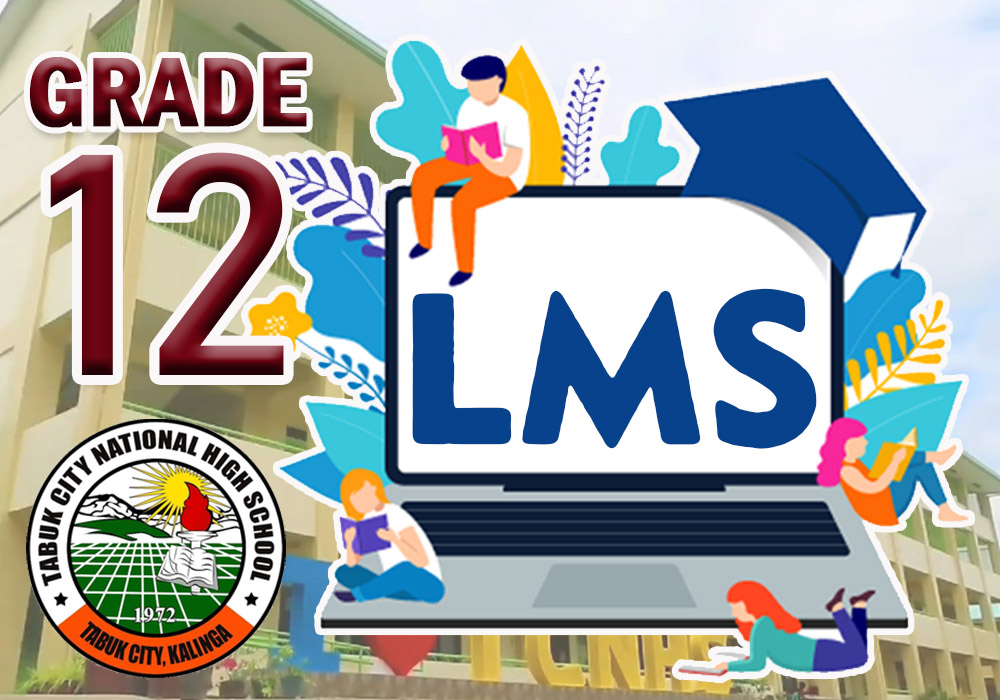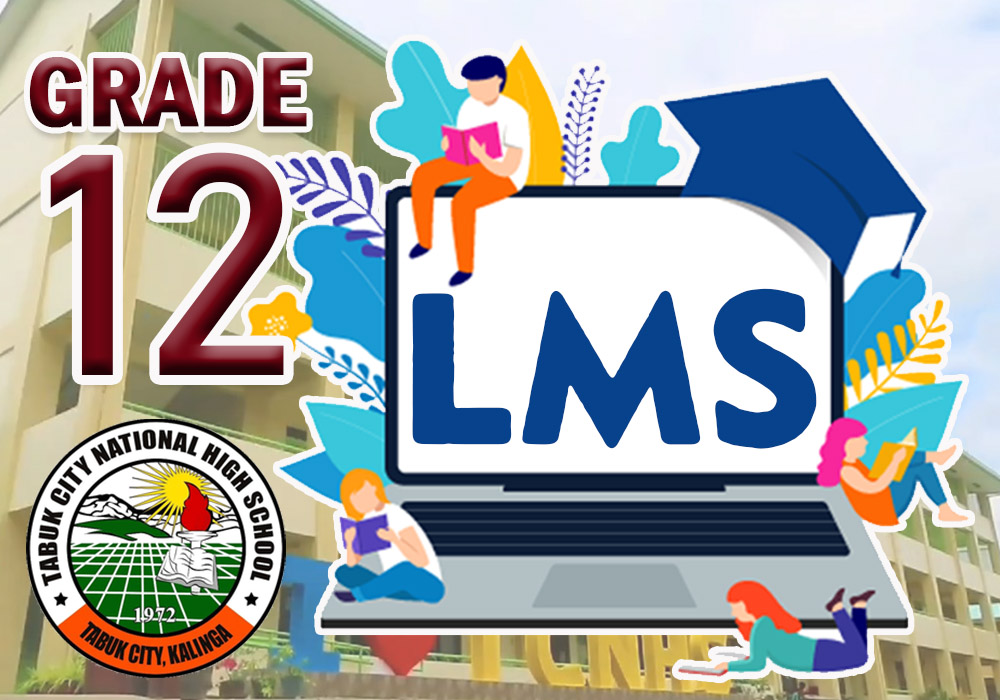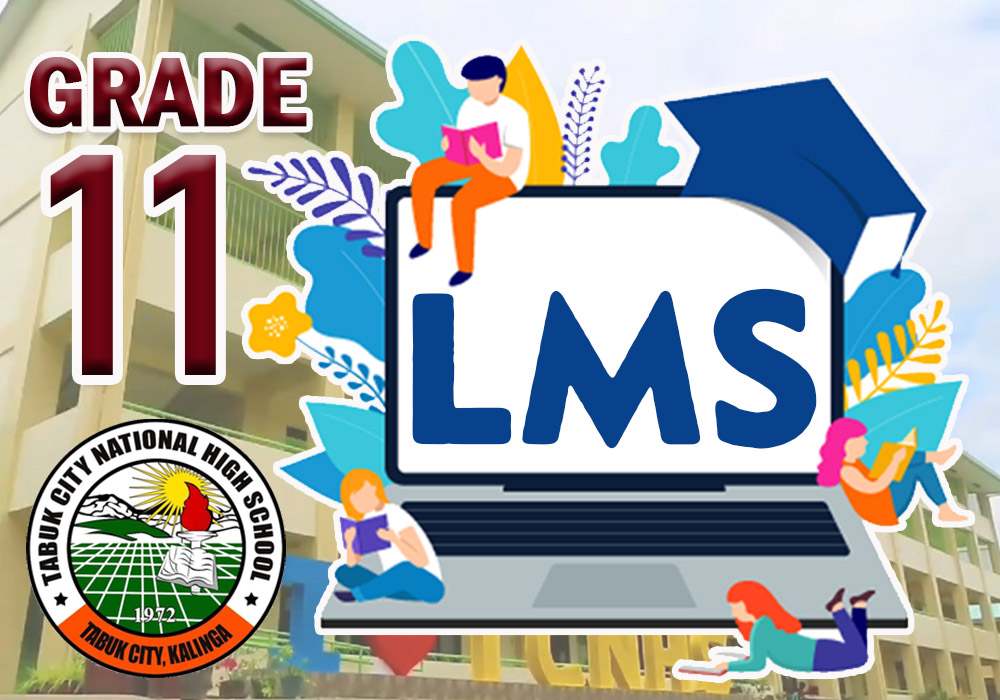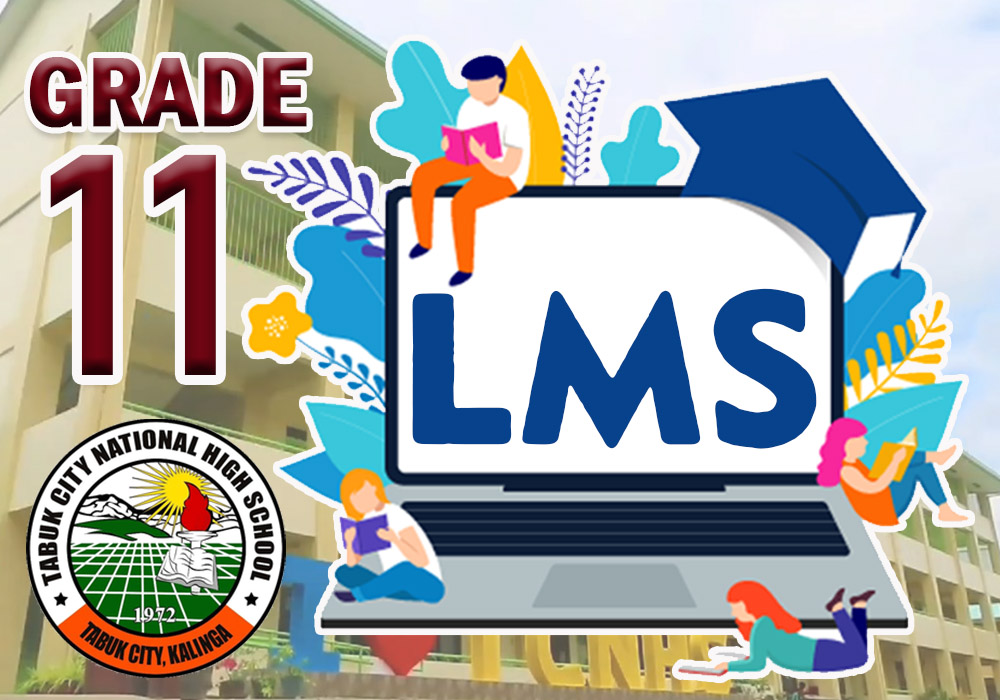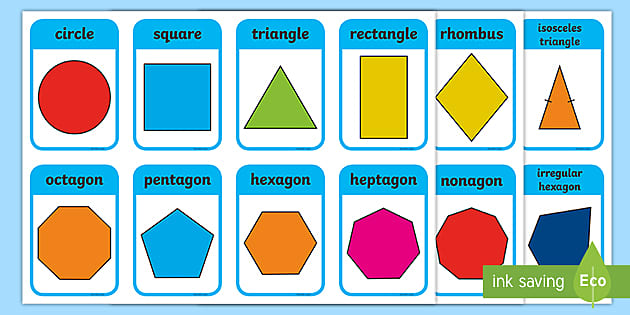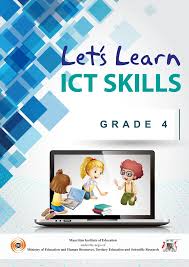Search results: 259

Information and Communications Technology (ICT 7)
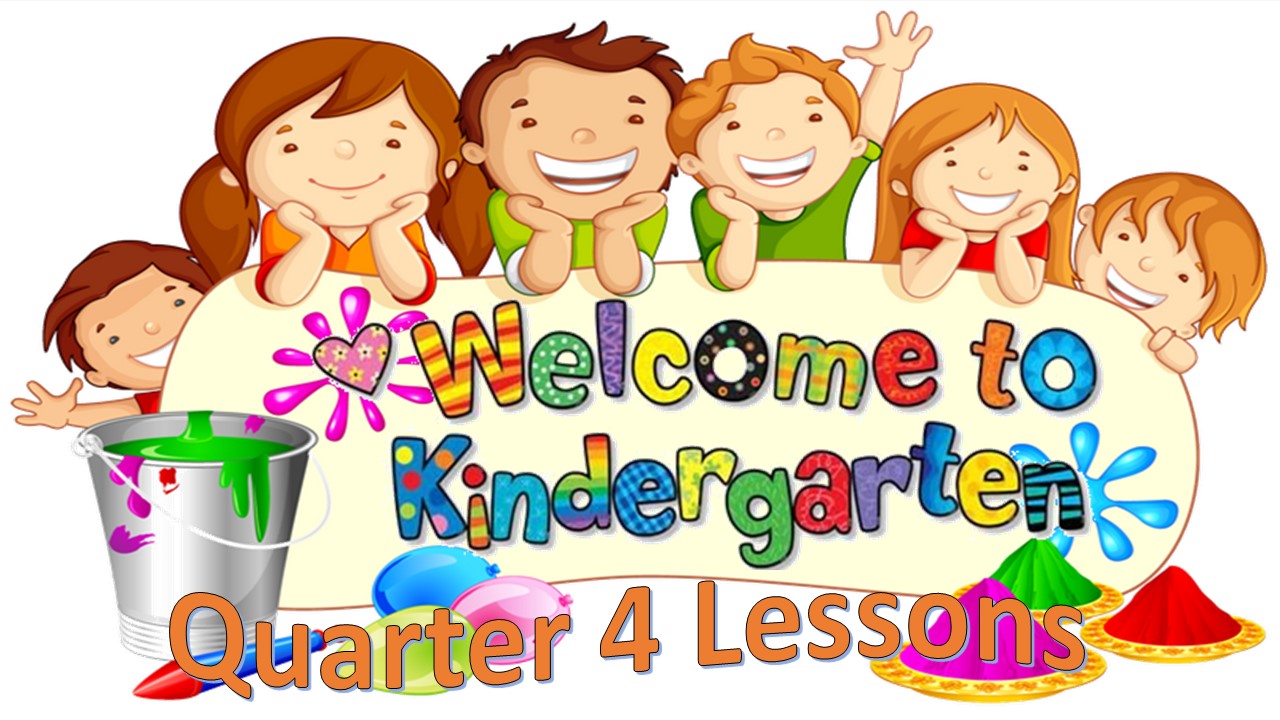
Kindergarten-135648
,

LAS_MTBMLE Q3_WEEK 2
Ita maadalmo no
kasano ti mangkita wenno mangamiris iti maysa a pictograph. Makaaramid ka pay iti
pictograph. Ammom kadi no ania ti pictograph? Daytoy ket maysa a
kita ti graph nga agusar ti ladawan.
Nakasagana ka kadin para iti daytoy a leksion? No wen, mangrugi ta garuden...

Learning Strand 3 MATHEMATICAL AND PROBLEM SOLVING SKILLS
The competencies are logically sequenced from simple to complex based on the level of cognitive demand and nature of the Mathematics subject area. For example, before being able to do division of fractions, its prerequisite is that one must first understand multiplication of fractions. The ALS Mathematics curriculum contains the following performance standards:
PERFORMANCE STANDARD A: show desirable attitudes and values in the application of mathematics in daily life.
PERFORMANCE STANDARD B: communicate ideas using mathematical symbols and expression
PERFORMANCE STANDARD C: demonstrate knowledge and skills involving geometric shapes and figures and its application in daily lives.
PERFORMANCE STANDARD D: demonstrate knowledge and skills in using measuring devices in real life situation.
PERFORMANCE STANDARD E: demonstrate knowledge and skills in pattern and algebra (linear equations and inequalities in one and two variables, linear functions, system in linear equations, and inequalities in two variables; exponents and radical, quadratic equations; inequalities; functions; and polynomials and polynomials equations and functions).
PERFORMANCE STANDARD F: demonstrate understanding and skills in the effective use of tables, graphs and statistics in presenting, analyzing and interpreting data, and dealing with uncertainty; and making predictions about outcomes for everyday problem solving.
It is envisioned that the attainment of these performance standards will equip ALS learners with the necessary minimum foundational mathematics competencies to prepare them for the world of work and further study under the Senior High School Program.

Learning Strand 6 DIGITAL CITIZENSHIP
The schematic diagram shows that the overall goal of this Learning Strand is to produce 21st-century digital citizens who are confident in using ICT and digital tools in a responsible and ethical manner. Digital Citizenship is needed to achieve this goal. Digital Citizenship is the capacity of every ALS learner to safely and responsibly generate, apply, and share digital information in multiple formats from a wide range of sources using computers or mobile devices.
To achieve digital citizenship, ALS learners need both ICT-related knowledge and skills, and the ability to integrate such skills and knowledge across the competencies listed in the other five Learning Strands of the ALS curriculum. This is the application part where the learners utilize their digital knowledge and skills as tools to communicate with others and solve problems in daily life. Each of the other five Learning Strands will thus go hand in hand with Learning Strand 6.
This Learning Strand covers the following digital citizenship competencies:
Content Standard
Performance Standard
Digital Concepts
Explain basic concepts related to use of information communication technologies (ICTs) in an increasingly digital world
Digital Operations and
Demonstrate knowledge of basic hardware operations, software operations, and file management in using a computer.
Management
Digital Applications
Use common office application software packages (word processing, spreadsheet, presentation software) to produce documents and manage information as tools to solve problems in daily life.
Digital System Network
Navigate the digital global system to search for information and resources and communicate with others in everyday life.
Digital Devices
Make use of mobile devices as tools to access information and communicate with others.
Digital Ethics
Demonstrate ethical practices and values in using technology in the 21st century.
The learning competencies and skills in this Learning Strand are sequenced from the simplest to the most complex and based on the content standards. Leveling of the learning competencies will start at Lower Elementary up to Advanced Junior High School
MathematicsOrdinal Numbers
PREFACE
This module is a project of the Curriculum Implementation Division
particularly the Learning Resource Management and Development Unit,
Department of Education, Schools Division of Apayao - CAR which is in response
to the implementation of the K to 12 Curriculum.
This Learning Material is a property of the Department of Education - CID,
Schools Division of Apayao - CAR. It aims to improve learners’ performance
specifically in Mathematics.
Date of Development : september 2021
Resource Location : Sta. Marcela West Central Elementary
School. Sta. Marcela District, SDO-Apayao,
CAR
Learning Area : Mathematics
Grade Level : 2
Learning Resource Type : Module
Language : Iloko
Quarter/Week : Q1/W4
Learning Competency/Code : Identifies ordinal numbers from 1st through the
20th object with emphasis on the 11th to 20th
object in a given set from a given point of
reference. M2NS-Ie-16.2

MTB - Grade 1 - 135514 - DORIS B. KINGAT
Danay dadin leksyon ay maadal sina ay modyul:
- Identify the sound of letter Pp.
- Identify pictures with letter Pp.
- Give words with /P/, /p/ sound.
- Write upper and lower case legibly observing proper sequence of strokes.

Numeracy Skills_Q1_135620
can put audio, video, picture.. not only txt based....
